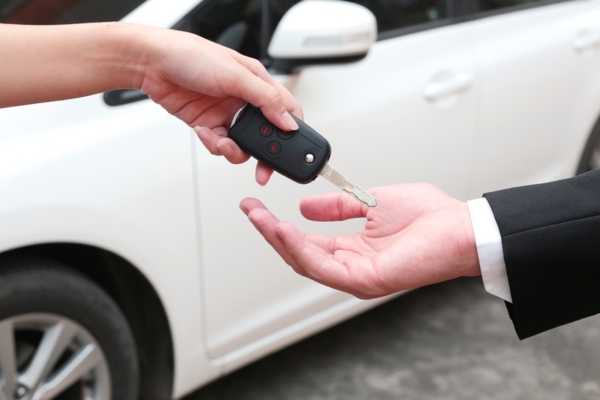People may choose to buy a used car (second-hand car) due to budget constraints and other reasons. While second-hand cars are much cheaper than new cars, if you do not purchase from a reliable dealership or a trusted friend, you might end up with a problematic used car that could lead to significant repair costs down the line, in which case it might be better to spend a little more money on a new car. Therefore, be cautious when buying a used car and avoid purchasing vehicles that show signs of potential danger.
According to a report from Lifehacker, when buying a used car, you certainly want it to remain operational whenever you wish to drive it. Therefore, before making a purchase, carefully inspect the condition of the car and all relevant documents, looking for visible signs of damage. However, some issues may not be apparent at first glance.
Since buying a car is a significant investment, it is worth noting some warning signs to be aware of when purchasing a used car to avoid the regret of buying a problematic vehicle.
Depending on the model, age, and condition of the car, the price of a used car will reflect market trends. If you come across a car with an unusually low selling price, it could be a red flag. Unless it is a scam, a significantly reduced price often indicates that the seller is aware of hidden problems with the car and is trying to lower the price to avoid complaints.
When inspecting the condition of a used car, you can turn on the exterior lights and press the brakes while having someone check if the lights have any issues. If the lights flicker, dim, go out, or only activate when you press hard on the brake pedal, it signifies electrical issues with the car, possibly stemming from improper previous electrical repairs or water damage.
If you notice a used car with brand new carpeting inside an old vehicle, be cautious as this is a warning sign. People do not typically upgrade the interior or carpeting of a car for no reason. Freshly painted areas may indicate rust on the metal frame. These warning signs suggest that the car has been damaged and some parts have been replaced to mask the issues.
If you come across a used car that appears to be in excellent condition, almost like new, yet is priced low and lacks any accident records in the sales documents, proceed with caution. Check the side panels of the car for wavy or numerous inconspicuous V-shaped dents that indicate the bodywork has been repaired, hinting at the car’s involvement in prior accidents not officially documented.
Tire treads aid in increasing traction, preventing slippage while driving, and enhancing road safety. Smooth tire surfaces with worn treads on a used car indicate that the owner has not maintained or inspected the tires regularly, which poses risks to road safety. Unlike other maintenance issues, worn tire treads are often overlooked.
Car logos are metal emblems attached directly to the car body, representing the manufacturer and model information. Some dealerships or owners may add their own identification logos. If the logos on a used car appear in the wrong position or unevenly adhered, it suggests that they may have been removed for repairs without being documented in the relevant records. Therefore, if the logos seem out of place, it is wise to inquire with the dealership or seller about any past repairs done on the car.

